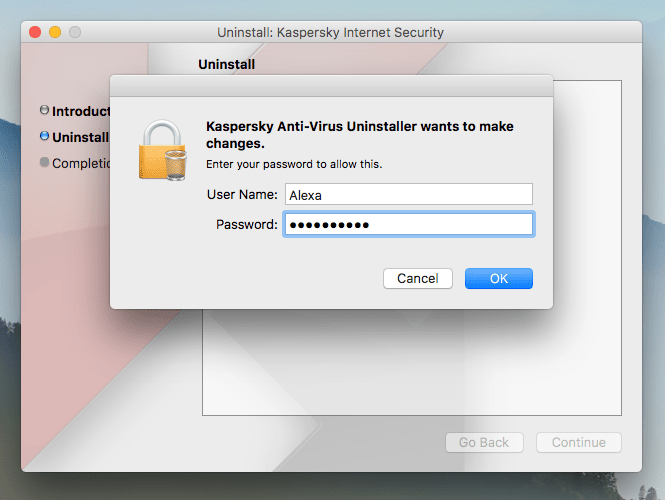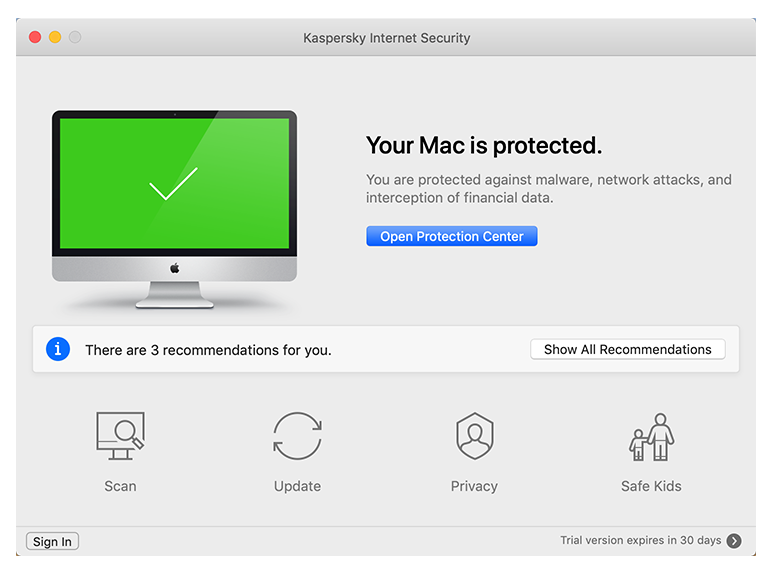
Our antivirus testing starts with basic feature comparisons, including pricing and whether there’s a free version or easily accessible free trial. Whether you’re on mobile or computer, the Kaspersky basics are easy to find and even easier to use, plus there are plenty of advanced features for those who like to enhance their antivirus experience. Otherwise, there’s always the free version of Malwarebytes. If your need for antivirus is because of an infected machine, the Security tab has an easy link to a highly recommended Kaspersky Rescue Disk for disinfecting compromised PCs. Most of these are flagged as part of different premium plans, but the free version impressively still has a file shredder, data cleaner, and privacy cleaner. This dashboard is where you’ll also find the Kaspersky VPN, which has a 200MB daily limit on the free version or unlimited with premium.įor those seeking more options, click on the ‘More tools’ button at the bottom of the dashboard to find additional security tools. Manually force an up-to-date database refresh, scan your computer or attached devices, and toggle on different levels of privacy protection. The software tour is painless enough that it’s worth the 20 seconds to see what Kaspersky offers.Īfter that, it’s a very user-friendly dashboard with the main tools. There’s an immediate offer to trial the premium version, but you can just as easily proceed with Kaspersky’s free antivirus. While the Android app doesn’t require an account, the Windows version asks you to enter a username and secure password. The initially requested quick scan took under 10 seconds in my test, then impressed with a range of basic and advanced features, including an optional call filter and data-leak checker (the latter needs a Kaspersky account). On the Android app, just download Kaspersky Antivirus & VPN, give it the one permission it asks for, and be sure to hit the little ‘x’ to ensure you’re using the free version. There are some final prompts for ad-blocking, malicious tool deleting, and malware detection options, all of which are toggled on by default.

After a restart, the Kaspersky installer automatically downloaded the 200MB-ish software and eventually installed after a comparatively slow process. Kaspersky flagged McAfee Site Advisor as incompatible but automatically removed it as part of the installation. I unchecked password manger but left the other option selected for my Windows software tests.

This latter feature sends data by design, but it ultimately provides better real-time protection. For Windows, an initially small download opens an installer that prompts you to install Kaspersky Password Manager as well as optional optimal protection. Once you’ve picked the best Kaspersky plan for your needs, remembering to choose the number of devices you want to protect, things are a lot more straightforward.


 0 kommentar(er)
0 kommentar(er)
